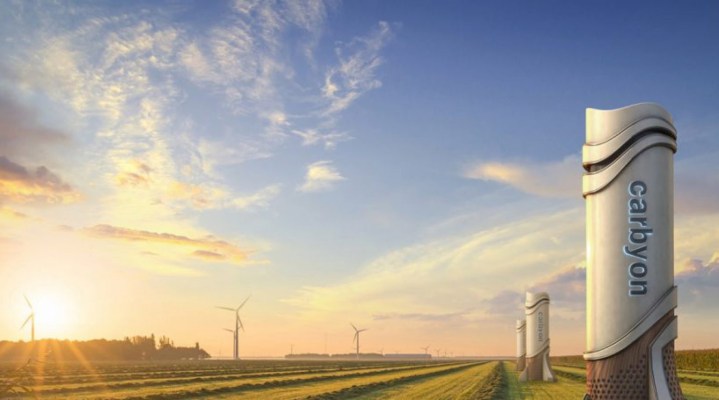A multi-year, $100 million Xprize competition for startups trying to remove or reverse carbon emissions has its first crop of big winners. Though the bulk of this Musk money won’t be given away until 2025, these 15 companies are each getting $1M today to keep the lights on til then.
The Carbon Removal Xprize, funded by the Musk Foundation, aims to reward novel methods to “pull carbon dioxide directly from the atmosphere or oceans and lock it away permanently in an environmentally benign way.” We’ve seen a few companies doing this with venture funding as well; it’s clearly an important and potentially both transformative and profitable space.
Of course Xprize isn’t looking for profitability, but rather demonstrating and executing on an idea, which means things are generally a bit more early stage. The last year saw the reviewers winnowing down an original pool of more than a thousand applicants to a top 60 and eventually these 15, based on “scientific validity… operations plans, performance data, life cycle analysis and cost estimates.”
Here’s a very basic summary of each, in the order listed on the Xprize site:
- Calcite: Using “the natural carbon absorbing properties of Calcium Hydroxide” to pull it from the air at scale
- Carbyon: “A fast swing process by means of a rotating drum” containing an engineered material to capture CO2
- Heirloom + Carbfix: Sequestering carbon in naturally occurring minerals and fluids through efficient exposure
- Project Hajar: Mineralization using 44.01’s peridotite injection process
- Sustaera: “Direct air capture 2.0” with improved modularity and cheaper chemical reaction pathways
- Verdox + Carbfix (yes, they’re listed twice): “Electroswing adsorption” to fix CO2 with 70% less energy
- Bioeconomy Institute at ISU: Uses Pyrolysis to refix outgoing plant-based carbon (with bio-oil byproduct)
- Global Algae: Algae farms that naturally capture CO2 from the air
- NetZero: Also pyrolysis (helpful video explainer here)
- PlantVillage: Helps farmers in Africa to adapt to climate change
- Takachar: Mobile “oxygen-lean torrefaction” to convert waste biomass to fuel, fertilizer etc
- Captura: Extracting CO2 directly from seawater by means unspecified
- Marine Permaculture: “Deepwater-irrigated, open-ocean seaweed mariculture.” Kelp farms!
- Planetary: Turns mine waste into a “mild, nontoxic antacid” that helps restore natural ocean pH
- Carbin Minerals: Using mine tailings for a mineralization process
Now that these milestone winners have been announced, the “real” competition begins. Registration will remain open until the end of 2023, and then teams have until 2025 to demonstrate actual removal of 1,000 tons of carbon per year, with cost modeling of removing a million, and a plan to go beyond even that. Earth Day 2025 will be the date the winners are announced, with $50M for first place, $20M for second, and $10M for third.
Student teams are eligible for a $250K scholarship, so ask your advisor or lab lead if that’s something worth going for. We’ll check back in a couple years from now when there are some standouts in the field.
